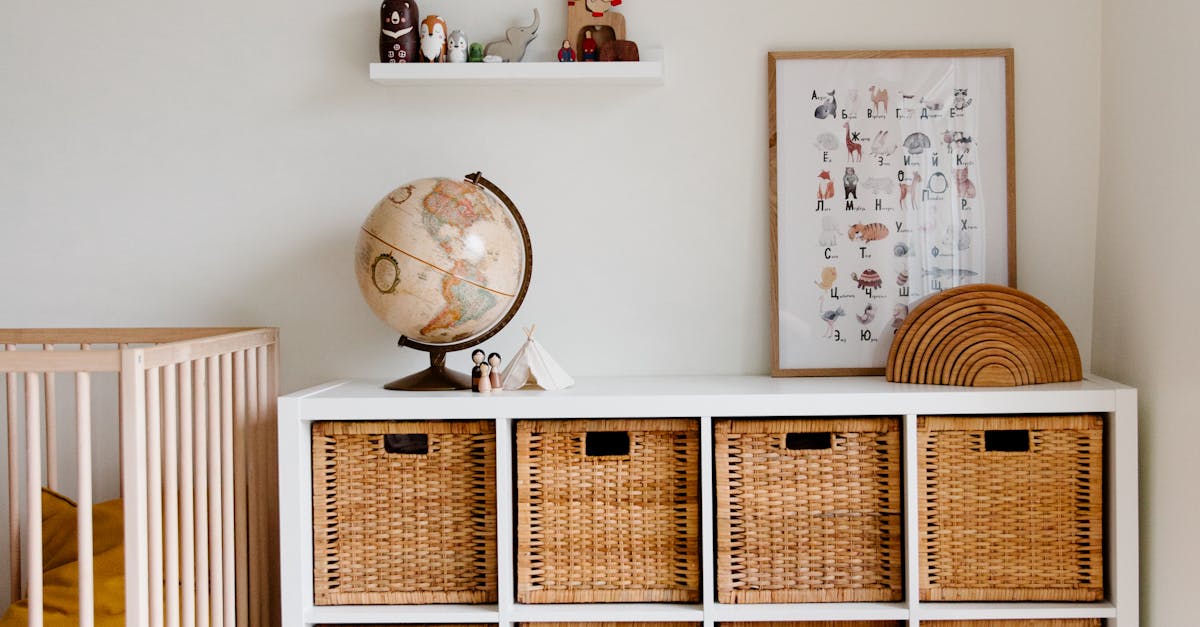
Designing Energy-Efficient Homes with Green Home Builders
Table Of Contents
Embracing Smart Home Technology
In the modern era, the integration of smart home technology has become increasingly prominent among green home builders. These advanced systems enable homeowners to remotely control various aspects of their home, such as lighting, heating, and security, leading to improved energy efficiency and overall sustainability. By embracing smart home technology, residents can monitor and adjust their energy consumption in real-time, ultimately reducing their environmental impact and utility costs.
Moreover, the implementation of smart home technology goes beyond mere convenience, as it contributes significantly to the creation of energy-efficient homes. From programmable thermostats to smart lighting systems, these innovative solutions empower homeowners to make informed decisions about their energy usage, promoting a greener lifestyle. By leveraging the capabilities of smart home technology, green home builders can further elevate the sustainability of residential properties, paving the way for a more eco-conscious future.
Implementing Energy Monitoring and Automation
Energy monitoring and automation are key features in designing energy-efficient homes. By installing smart meters and sensors, homeowners can track their energy consumption in real-time and make adjustments to reduce energy wastage. This technology allows for greater control over energy usage, resulting in cost savings and a reduced carbon footprint.
Automating systems such as lighting, heating, and cooling can significantly enhance energy efficiency in homes. By setting timers, using motion sensors, and integrating smart devices, homeowners can ensure that energy is only used when needed. This not only saves on energy costs but also promotes a more sustainable lifestyle for residents.
Green Roof and Wall Solutions
Green roof and wall solutions are becoming increasingly popular in modern sustainable home design. These innovative solutions involve incorporating vegetation into the structure of a building, providing numerous benefits to homeowners and the environment. Green roofs, for example, help to insulate homes, reducing the need for heating and cooling, while also absorbing and filtering rainwater, reducing runoff and improving water quality.
In addition to their practical benefits, green walls and roofs add a touch of natural beauty to homes, creating a more aesthetically pleasing living environment. These features not only contribute to a greener and more sustainable lifestyle but also enhance the overall well-being of occupants. By integrating green roof and wall solutions into home design, green home builders are paving the way for a more eco-friendly future.
Utilising Vegetation for Insulation and Cooling
Utilising vegetation for insulation and cooling in homes is an innovative approach that not only promotes sustainability but also enhances the overall aesthetics of the property. Green walls and roofs, also known as living walls and eco-roofs, use plants to reduce heat transfer, provide natural insulation, and assist in cooling the indoor environment.
By incorporating greenery into the design of a home, green home builders can significantly reduce the need for artificial cooling systems, thereby lowering energy consumption and utility costs. Additionally, plants absorb carbon dioxide and release oxygen, contributing to improved air quality within the house. This eco-friendly solution not only benefits the environment but also creates a healthier living space for occupants.
Sustainable Landscaping Practices
Sustainable landscaping practices play a significant role in creating energy-efficient homes. By incorporating native plants and trees in the outdoor environment, homeowners can minimise water usage for irrigation while maintaining a visually appealing landscape. Additionally, choosing drought-resistant vegetation such as succulents and grasses can reduce the need for constant watering, thus conserving water resources in the long run.
Furthermore, the use of permeable paving materials in driveways and walkways can help reduce water runoff and enhance groundwater recharge. Implementing proper grading techniques and incorporating rain gardens can also mitigate stormwater runoff issues, leading to a more sustainable approach to landscape design. By combining these elements with green building strategies, homeowners can create a harmonious living space that is both eco-friendly and aesthetically pleasing.
Xeriscaping and Rainwater Harvesting
Xeriscaping involves designing landscapes that require minimal water use, making it an ideal choice for energy-efficient homes. By selecting drought-resistant plants and incorporating mulch, rocks, and gravel, homeowners can reduce the need for constant watering. In Australia, where drought conditions are common, xeriscaping can help conserve precious water resources and lower overall water consumption, contributing to a more sustainable living environment.
Rainwater harvesting is another key aspect of sustainable landscaping practices for green homes. By collecting rainwater from roofs and other surfaces, homeowners can utilise this free and abundant resource for irrigation, flushing toilets, and even laundry. Implementing rainwater harvesting systems not only reduces reliance on potable water sources but also helps to prevent runoff and erosion, promoting healthier soil and vegetation growth.
FAQS
What is the importance of designing energy-efficient homes?
Designing energy-efficient homes helps in reducing energy consumption, lowering utility bills, and minimizing environmental impact.
How can smart home technology contribute to energy efficiency?
Smart home technology allows homeowners to monitor and control their energy usage, leading to more efficient energy consumption patterns.
What are some examples of green roof and wall solutions for energy-efficient homes?
Green roof and wall solutions involve incorporating vegetation on rooftops and walls to provide natural insulation, reduce energy needs for heating and cooling, and improve air quality.
How can xeriscaping and rainwater harvesting help in sustainable landscaping practices?
Xeriscaping involves using drought-resistant plants and minimizing water use in landscaping, while rainwater harvesting captures rainwater for irrigation, reducing the need for additional water sources.
In what ways can vegetation be utilized for insulation and cooling in energy-efficient homes?
Vegetation can act as natural insulation, shading, and cooling elements in homes, reducing the reliance on mechanical cooling systems and energy consumption.
Related Links
Green Building Materials for Eco-Friendly HomesAdvantages of Choosing Green Home Builders
The Future of Green Home Building Industry
Creating Healthy Living Spaces with Green Home Builders
Integrating Smart Home Technology in Green Home Building
Certifications and Standards for Green Home Builders
Cost Considerations for Green Home Construction